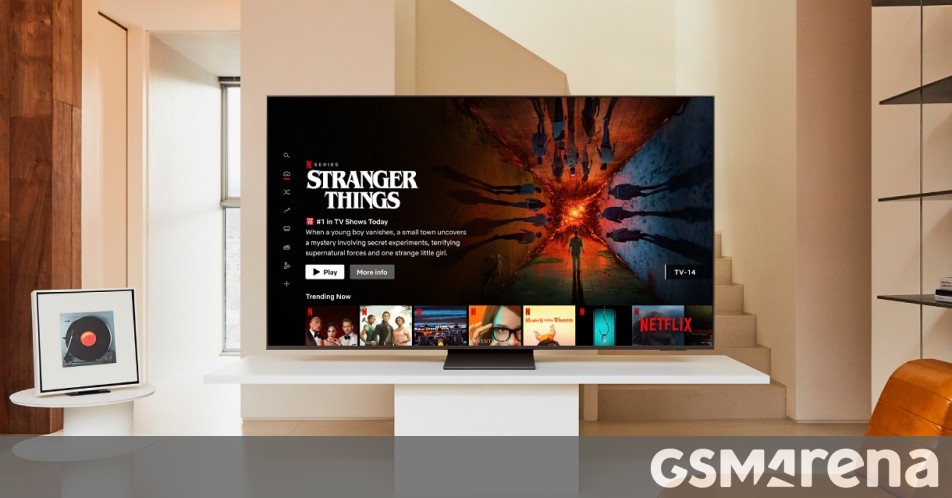Samsung will support HDR10+ for Netflix on its 2025 Neo QLED, OLED, and Lifestyle TVs, as well as select 2024 and 2025 monitors. This adds to the three major HDR formats available: HDR10, HDR10+, and Dolby Vision, with HDR10+ offering scene-by-scene metadata adjustment. Currently, HDR10+ is supported on Netflix’s Premium plan (4K) and accounts for 50% of eligible viewing hours, with plans to make it available for all HDR titles by the end of 2023. HDR10+ is a royalty-free format developed by Samsung and Amazon Video, also supported on other platforms like YouTube and UHD Blu-ray discs.
Samsung has officially announced its support for HDR10+ for Netflix films and series on its 2025 Samsung Neo QLED, OLED, and Lifestyle TVs, as well as on monitor models from 2024 and 2025. Future television models will also be compatible.
In the realm of video, there are three principal HDR formats: HDR10, HDR10+, and Dolby Vision. While all three enhance the dynamic range by incorporating metadata, HDR10 applies this across the entire movie, whereas HDR10+ and Dolby Vision allow for adjustments in metadata on a scene-by-scene basis, or even frame by frame.
Recently, a post on the Netflix TechBlog elaborated on the distinctions between HDR10 and HDR10+. The differences can be significant; here’s an illustration:

Screen grabs from AV1 video: HDR10 • HDR10+
It’s important to note that only the Netflix Premium plan (the 4K subscription) provides HDR content.
HDR10+ is a royalty-free format developed by Samsung in collaboration with Amazon Video. Therefore, HDR10+ is available on platforms such as Amazon Prime Video, in addition to YouTube and Google Play Movies & TV.
Samsung further points out that HDR10+ is also compatible with UHD Blu-ray discs from leading studios, which is a consideration for those who still prefer physical media. Additionally, you can capture HDR10+ videos using your smartphone.
Apart from Samsung, Netflix has enabled HDR10+ streaming for all Premium subscribers whose devices are capable of supporting the format and use AV1. According to Netflix, HDR10+ accounts for “50% of all eligible viewing hours.” The streaming service intends to provide HDR10+ for all HDR titles by the close of this year.
It’s worth noting that Netflix exclusively accepts Dolby Vision masters from studios, which it then converts to HDR10+. Both formats are available for streaming, and the format you receive depends on your device’s capabilities.
Source
